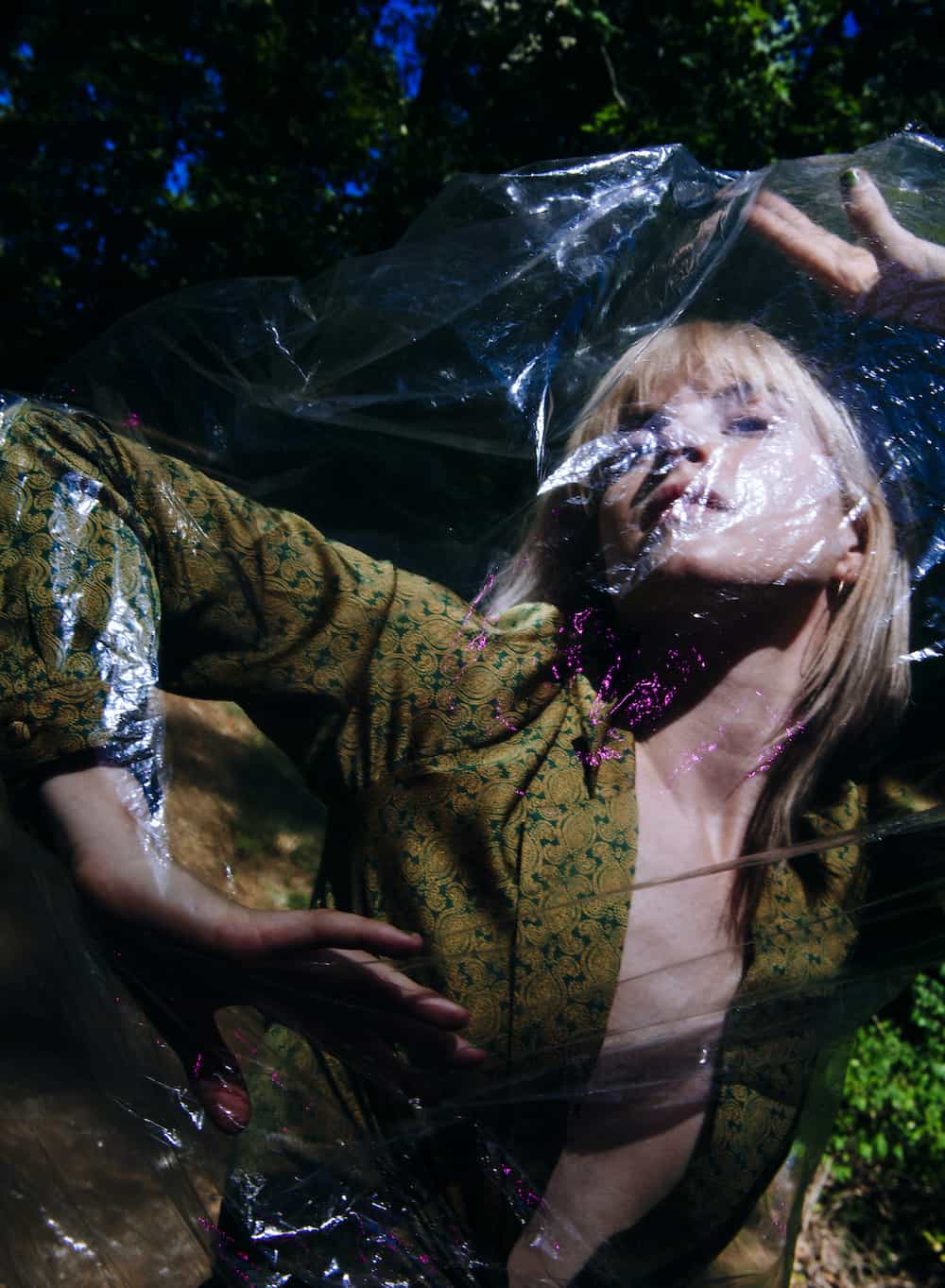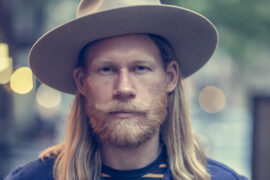It should have not been surprising that I would need closed captions for the words that would come out of J Mascis’ mouth. A Casual Ramble about ‘FREAKSCENE: The Story of Dinosaur Jr.’
Stream: FREAKSCENE Official Trailer
It should have not been surprising that I would need closed captions for the words that would come out of J Mascis’ mouth. He’s like my friend, Sphynx: insightful, but only at low volume. Listen to them talk, and you wonder, “how badly did I actually fuck up my hearing?”
And to be honest, if you played Dinosaur Jr. at any volume, you probably fucked it up something fierce.
As Director Phillip Reichenheim makes clear on FREAKSCENE: The Story of Dinosaur Jr., they gave absolutely no care to the world vis a vis traditional dynamics. Mascis wrote melodies with intent to bleed fingers, ears and guitar, Barlow’s basslines were deceptively simple and drowned in lo-fi reverb. Murph, meanwhile, was using hardcore fills in a casual context. To the members of Dinosaur Jr. (and Sonic Youth, for that matter), it was all just punk anyways, so why faff about with the particulars and details and what-have-yous of aesthetic nuance?
Fuck that.
Play it loud, play it fast, and let your freak flag fly with a sudden breath of music. Then go home. The audience didn’t even factor into the performance. If Dinosaur Jr. fans had a passport, it would have been stamped in the sweat of the mosh pit and the indifference of the band.
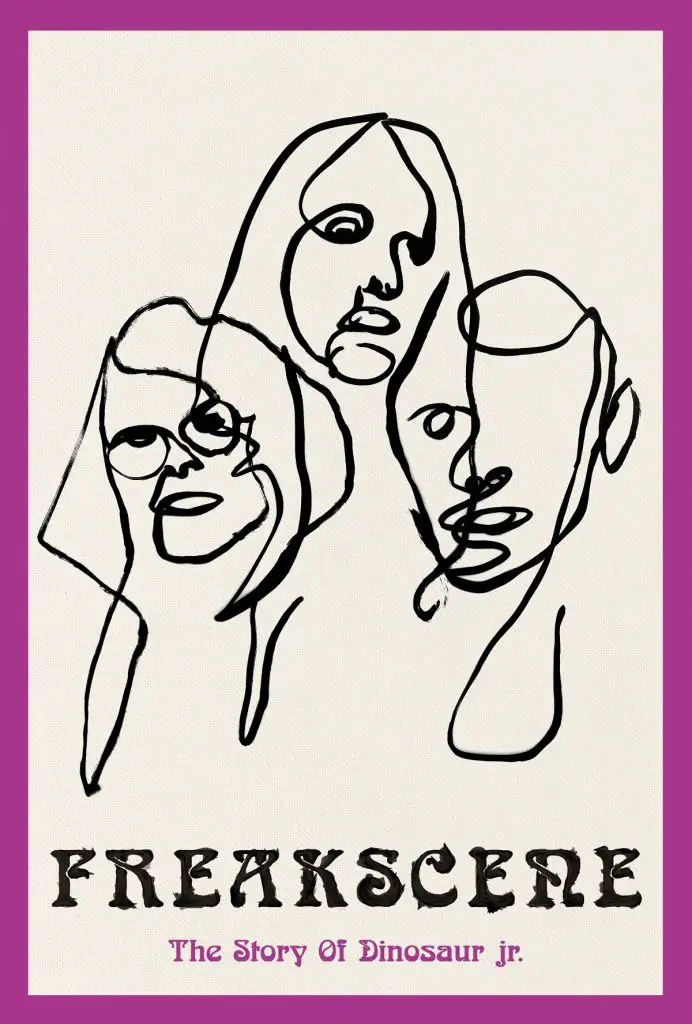
That indifference is the attitudinal addition to the essence of grunge. It’s what transformed every disaffected long-haired hippie into a distorted punk fiend. It’s why Sonic Youth took many multiple years and albums to actually gain traction in alternative consciousness. It’s the fulcrum to Kurt Cobain’s decision not to play “Smells Like Teen Spirit” after 1993. It’s the overriding aura of every Meat Puppets record ever made.
And, though I shouldn’t be surprised, it’s how a young band from Amherst, Massachusetts took on the name Dinosaur Jr. So named because a Bay Area supergroup, The Dinosaurs, disputed J Mascis taking on that name.
Ever heard of them? Me neither. And it’s especially funny when you consider that Mascis picked the name at random out of a dictionary to a resounding “meh” from Murph and Barlow. Instead, it was the audience who was impressed.
“I always thought that was impressive to just put Jr. at the end,” observed Henry Rollins, “I just thought it was funny; I like the way they think.”
Here’s the thing, though, every artist/musician/band documentary is essentially the same. It’s a story about how “different” or “unique” a band is. How their brains work differently from the rest of society. At the cost of deification, they all try to build some sort of sense of impact.
I’m not sure this documentary quite hits that mark. They do mention how Dinosaur Jr. set the template for what a grunge band “should” sound like. Some metal influence, wimpy vocals, torn-up jeans, and a lot of guitar distortion.
And Freak Scene also makes it clear how much Mascis, Barlow and Murph seemingly did not give a fuck about the metamusic world around them.
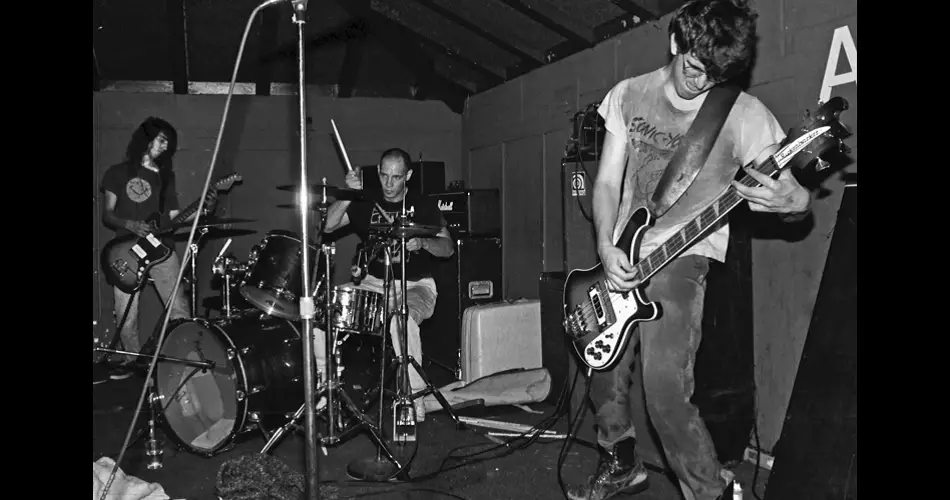
Underneath this coat of apathy, however, was something real. It’s hard not to become distracted by that outward appearance. But the documentary does try to peel away that veneer. And, loathe to say it was all about the music, it’s clear the band gave a whole lot more fucks than that; otherwise, Dinosaur Jr. would have stayed in Murph’s garage, and I wouldn’t be sitting here regurgitating everything I learned in a band-sponsored documentary.
It’s like writing a column on World War II using only Allied propaganda. But I digress; Mascis understood “hustle culture” before “hustle culture” became the meme it is now.
Aside note: I hate the phrase “hustle culture.” Nothing about creative passion is a hustle. It’s an obsession. It’s all-consuming. It’s the reason Mascis not only played lead guitar and sang lead vocals but also took on the omnibus role of band-manager-booking-agent to beat the pavement with homemade fliers and ask hole-in-the-wall venues for a chance.
(It’s the reason why I’m writing this piece instead of taking my car to see how badly fucked it is after camping in Eugene.)
After wrecking venues all over small town Massachusetts, Mascis, Barlow and Murph started playing shows in New York City circa 1986. While there, they drew the interest of Thurston Moore and Kim Gordon. They had to pierce the veil of indifference first, but Dinosaur Jr. would eventually become one of a cohort that included Mudhoney and Nirvana.
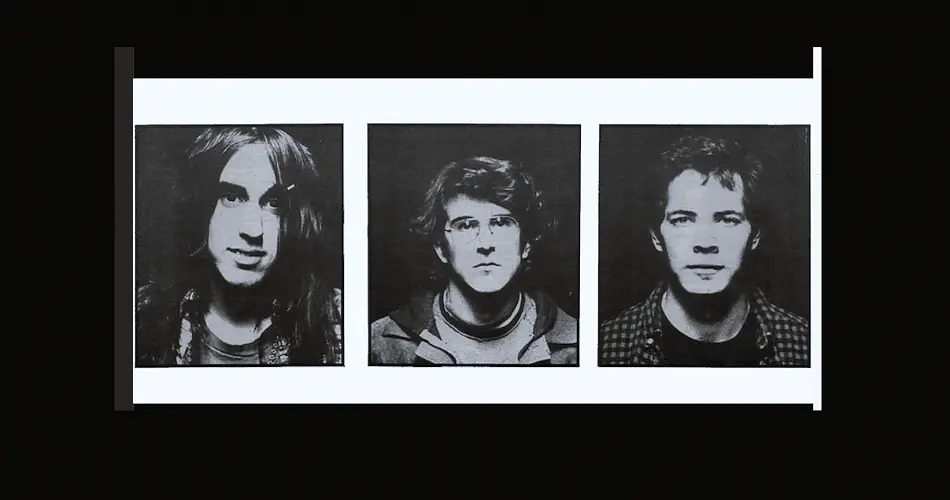
It was around this point that the original trio disintegrated, and the plot is written all over the wall. In a traditional hero’s journey, we might say this was the stage where the main character began to isolate himself from his peers. But just as with any rom-com, you know they have to come back together at the end.
The first to go was Barlow, whose side project Sebadoh was beginning to take priority over Dinosaur Jr. The second was Murph, who always despised being told how to drum by Mascis. It didn’t help that their first tour started with unmitigated disaster and repeated van failure. Cloistered in a Bates Motel, the band turned the verbal knives o each other. And Mascis started slashing apart Barlow’s life.
And while the aftermath may have led to the band’s most commercially successful period, it also led to the least interesting part of the documentary.
I’m not saying that anyone is actually at fault here for how the story plays out. (Well, maybe the sound guy could have all done us a favor and pumped up the volume on Mascis’ talking head bits, but that’s neither here nor there.) It’s just easy to see where the story is headed. Eventually, Murph is out of the music business. Eventually, Barlow is no longer exceedingly angry at Mascis. Eventually, Mascis realizes the juice ain’t worth the squeeze after a solid run of ringers.

You’re Living All Over Me, Bug, Green Mind, and Where You Been are to Dinosaur Jr. what the Beggar’s Banquet to Exile On Main Street run represents to the Rolling Stones. The institutional cred was made there. By Hand It Over, Mascis is done with the Dinosaur Jr. title, America is done with grunge, and I’m kind of done with this documentary.
Yeah, it’s fun to see Mascis connect with Ron Asheton of the Stooges. Yeah, it’s a relief to see the band bury their hatchets and pick up instruments with each other again. Yeah, it gives me hope that this could happen in my own life.
But then I would be lying that I’m not a freak for those drama scenes. Director Phillip Reichenheim’s best work is done by bringing out the seeming isolation that these bands operate in and building the tension with old Polaroids and home videos layered under lo-fi grain and fuzz and artifacts that squiggle and imprint on the video. If you’ve ever stared at a lightbulb for too long and then closed your eyes, you know exactly what type of squirmy lines I’m talking about.
Otherwise, the interviews are standard, erring on the side of Finding Trane, wherein the comments from outside perspectives aren’t exactly enlightening, just contextual. (Don’t worry, though. There are no asinine comments about being beyond what’s beyond. Christ alive, I hated that Coltrane doc.)
For fans of underground alternative rock, it’s a good watch to see familiar faces and help contextualize one of the more important bands to the grunge aesthetic. I suppose that’s what music documentaries are supposed to do: appeal to that niche. Appeal to the freaks. They’re the ones who help make the cult appeal, whether the band cares or not.
Regarding Dinosaur Jr, that they kind of care now is character growth enough.
— —
Stream: “Freak Scene” – Dinosaur Jr.
— — — —

Connect to Dinosaur Jr. on
Facebook, Twitter, Instagram
Discover new music on Atwood Magazine
? © Ben Niesen
:: Stream Dinosaur Jr. ::



